10 Mistakes to Avoid As a New Homesteader
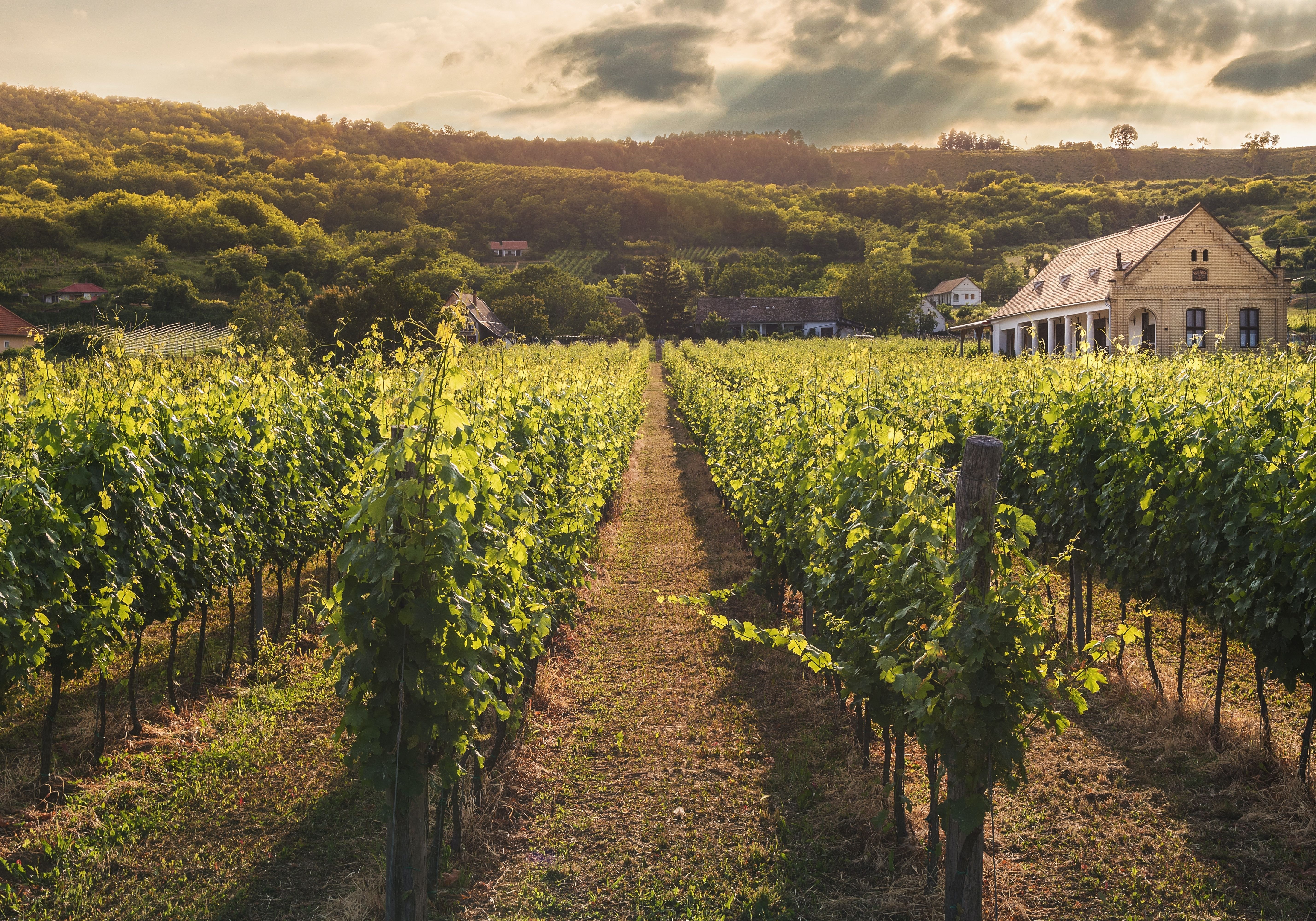
Homesteading, the art of self-sufficiency and sustainable living, has captured the imagination of many seeking a simpler, more connected way of life. While the allure of growing your own food, raising livestock, and living off the land is undeniable, embarking on this journey requires careful planning and preparation. As a new homesteader, avoiding common mistakes can save you time, resources, and frustration. In this article, we'll explore the crucial missteps to sidestep on your homesteading adventure.
Mistake #1: Overambitious Planning
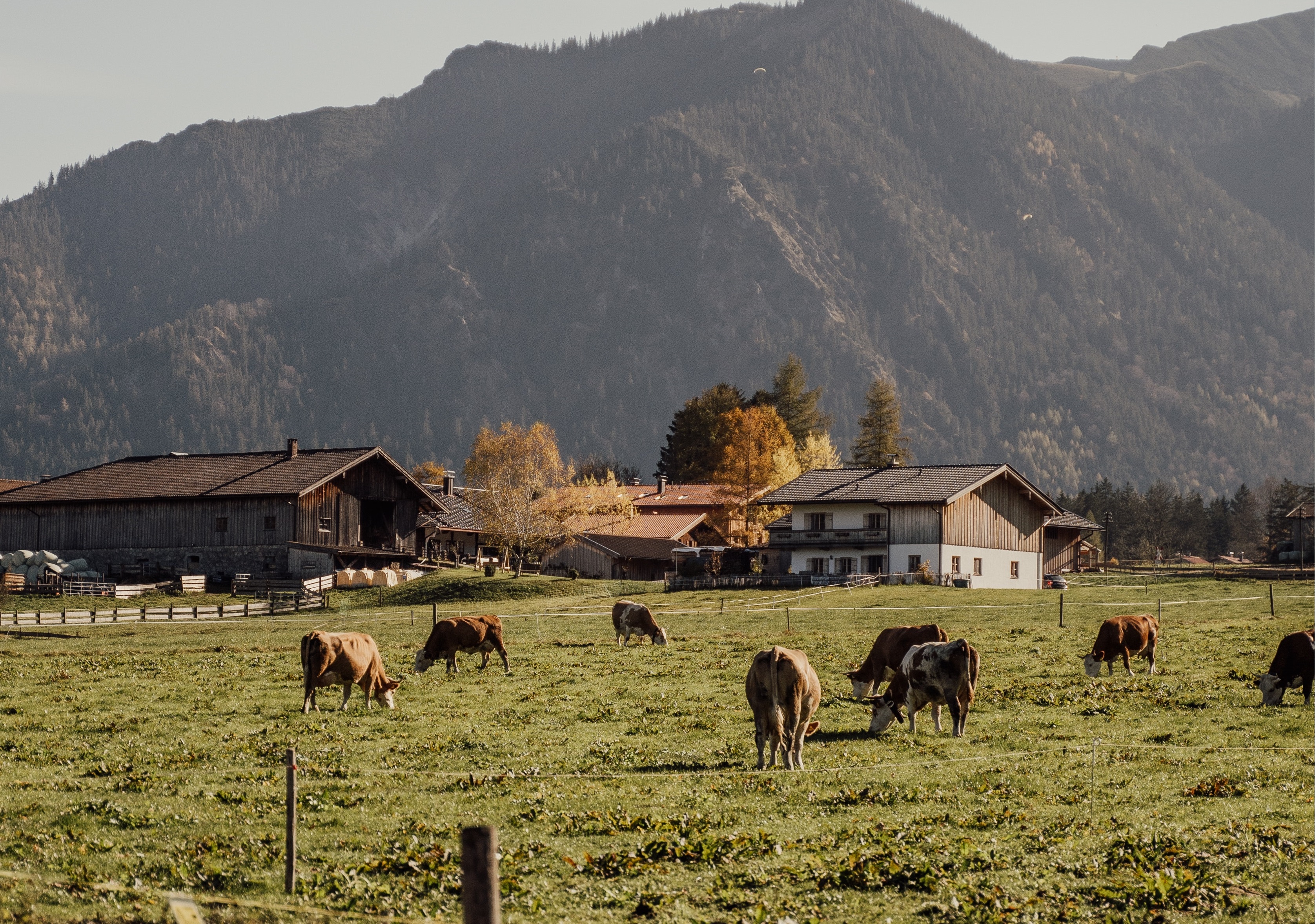
One of the most common mistakes new homesteaders make is diving into the deep end without fully understanding the scope of the lifestyle changes involved. Unrealistic expectations can lead to burnout and disappointment. It's crucial to start small and gradually expand your endeavors as you gain experience and knowledge. Instead of attempting to tackle multiple projects simultaneously, focus on mastering a few skills at a time. This approach not only prevents overwhelm but also ensures a more sustainable transition to your new lifestyle.
Starting your homesteading journey with grandiose visions can lead to early frustration and fatigue. The romanticized idea of a completely self-sufficient homestead might not align with the realities of your resources, time, and expertise. Instead of attempting to establish a full-scale farm right away, consider beginning with a small garden or a few laying hens. This will help you learn the basics of soil care, plant cultivation, and animal husbandry without becoming overwhelmed.
By taking incremental steps, you give yourself the chance to master essential skills and build confidence. As you become more comfortable, you can gradually introduce new projects and expand your self-sufficiency efforts. Remember, homesteading is a long-term commitment, and pacing yourself early on can lead to more sustainable success in the future.
Mistake #2: Neglecting Research

Homesteading is a blend of science, art, and practical skills. Skipping the research phase and plunging into tasks can lead to costly errors. New homesteaders should invest time in studying various aspects, from soil health and crop rotation to animal care and sustainable energy sources. Seek out books, online resources, and local workshops to gain a comprehensive understanding of your chosen homesteading practices.
In the age of information, there's no shortage of resources available to help you learn about homesteading. Take advantage of reputable websites, online forums, and social media groups dedicated to sustainable living. Engage with experienced homesteaders who can offer valuable insights and advice based on their own successes and failures.
Research isn't limited to theoretical knowledge—it should extend to practical skills as well. Before you attempt tasks like canning, carpentry, or animal handling, invest time in learning proper techniques. Hands-on experience can be incredibly valuable, but a solid understanding of best practices beforehand will save you time, resources, and potential mishaps.
Mistake #3: Ignoring the Land's Needs
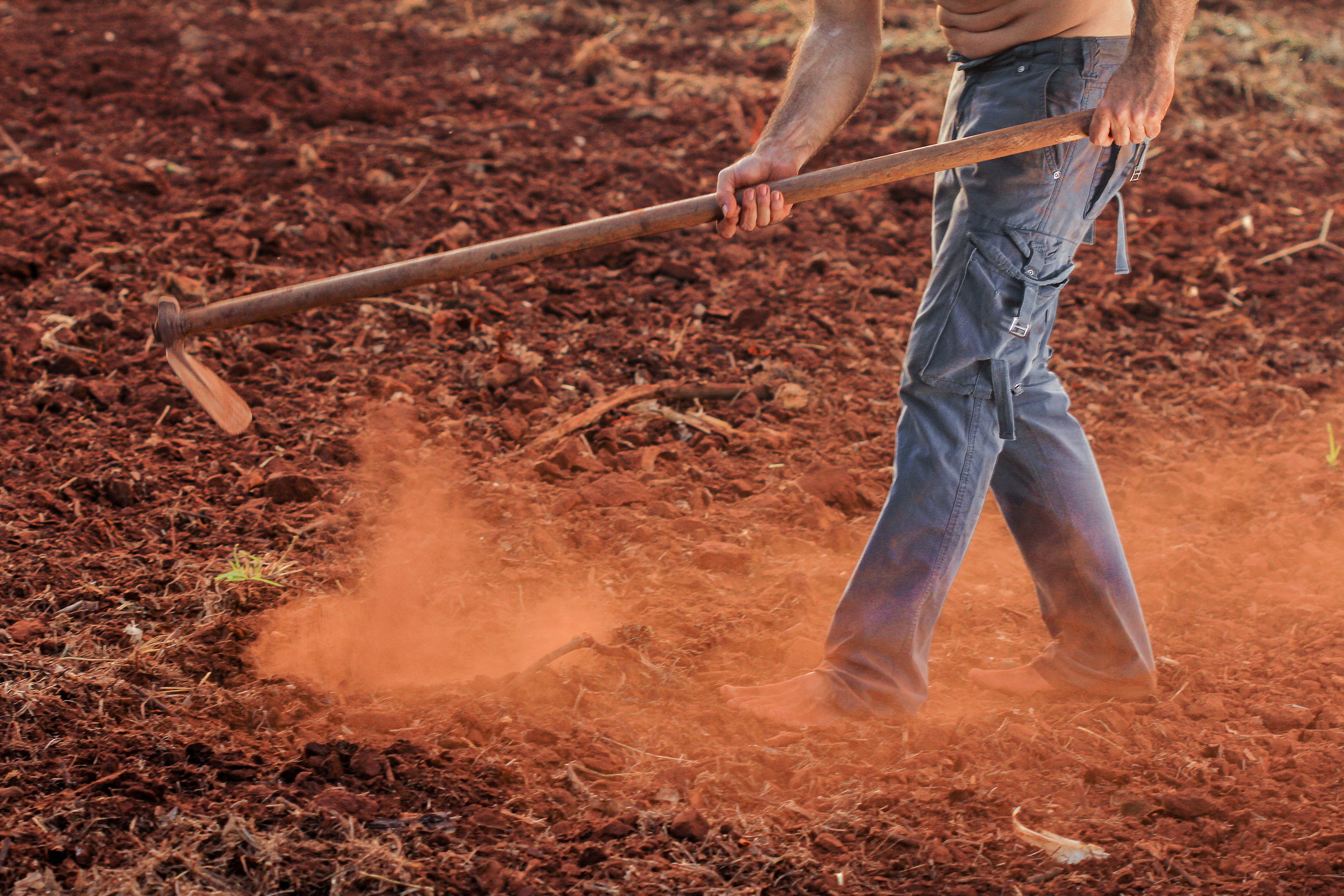
Your land is the canvas upon which your homesteading dreams will unfold. Neglecting to assess its soil quality and microclimates can hamper your efforts. Conduct soil tests to determine its pH, nutrient levels, and drainage capacity. This information will guide your crop choices and help you make informed decisions about soil amendments. Additionally, observe the microclimates on your property to determine the best locations for planting, animal shelters, and energy systems.
Homesteading success begins with understanding the intricacies of your land. The quality of your soil directly impacts the health and productivity of your crops. Conduct a thorough soil analysis to identify any deficiencies or imbalances. This analysis will provide insights into which crops are best suited for your soil type and how to improve its fertility naturally.
Moreover, microclimates—the unique climate conditions within specific areas of your property—play a vital role in your homesteading efforts. Pay attention to factors such as sunlight exposure, wind patterns, and moisture levels. For example, certain areas might be more prone to frost, while others may receive more intense sunlight. By tailoring your activities to these microclimates, you can optimize your crop yields and create comfortable habitats for your animals.
Mistake #4: Rushing into Animal Husbandry
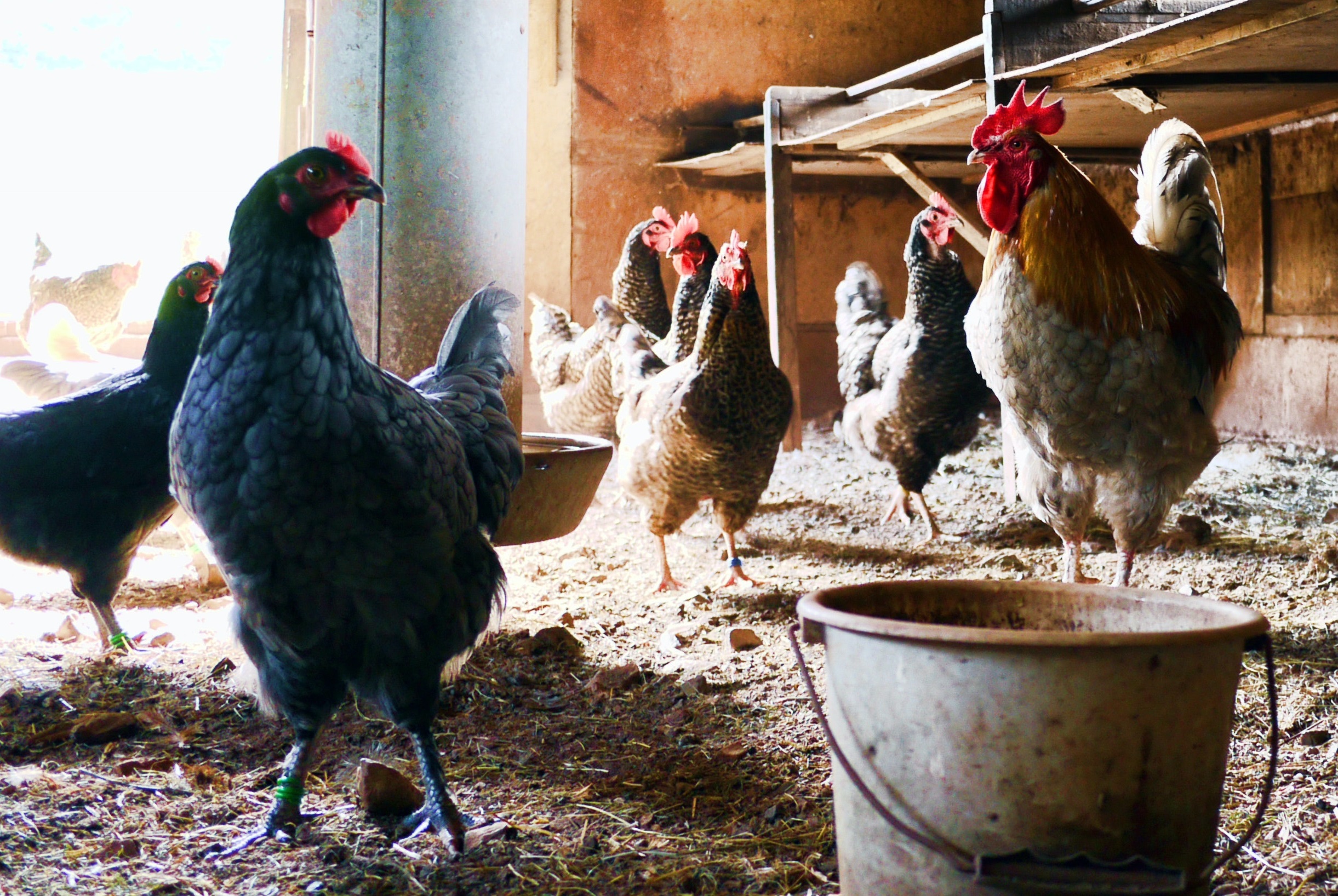
Raising animals is a rewarding aspect of homesteading, but it's not a realm to rush into. Many new homesteaders make the mistake of acquiring too many animals too quickly. Instead, start with a small number of animals that match your level of experience and available resources. Each animal species requires specific care, housing, and dietary needs. Master the basics of one before expanding your livestock repertoire.
The allure of a bustling barn filled with various animals can be hard to resist. However, raising animals demands a profound understanding of their unique needs, behaviors, and health requirements. Start by selecting one or two animal species that align with your goals and resources. For instance, if you're interested in poultry, begin with a small flock of chickens before branching out to ducks or geese.
By focusing on a limited number of animals, you can dedicate ample time and attention to learning their care routines. Research the best housing conditions, nutritional requirements, and potential health concerns for each species. As you become more confident in your ability to care for these animals, you can gradually expand your livestock operations while maintaining the high standards you've established.
Mistake #5: Disregarding Seasonal Realities

Homesteading is closely tied to the seasons and the natural rhythms of the land. Failing to plan for these seasonal variations can lead to disappointment. Planting crops at the wrong time, not preparing for harsh winters, or neglecting to harvest in a timely manner can result in reduced yields and wasted efforts. Develop a seasonal calendar that outlines tasks, planting times, and harvest periods to ensure a productive year-round homesteading experience.
A successful homesteading calendar revolves around the seasons and the unique requirements of each. Begin by researching the average frost dates in your region to determine the optimal time for planting. This will prevent premature planting that could lead to crop loss due to unexpected cold snaps.
Plan your garden and animal care activities based on the changing needs of the land. For instance, early spring is a prime time for starting seeds indoors, while late summer is ideal for preserving and canning the abundance of harvest. Additionally, prioritize tasks that prepare your homestead for the upcoming season. This might involve insulating animal shelters before winter or preparing soil beds for spring planting.
By adhering to a well-structured seasonal calendar, you'll maximize the efficiency and productivity of your homesteading efforts. Furthermore, planning ahead allows you to anticipate potential challenges and allocate resources accordingly, ensuring that your homestead thrives year-round.
Mistake #6: Financial Unpreparedness

While homesteading can lead to cost savings in the long run, it requires upfront investment. New homesteaders often underestimate the financial demands of setting up infrastructure, purchasing equipment, and acquiring livestock. Creating a detailed budget that accounts for all expenses, from fencing materials to veterinary care, is crucial. This budget will help you avoid unexpected financial strains and set realistic goals for your homesteading venture.
Homesteading is an investment in your future, and like any investment, it requires careful financial planning. Begin by identifying your immediate needs, such as tools, seeds, and basic infrastructure. Then, outline your long-term goals and the corresponding expenses, such as building animal shelters, installing renewable energy systems, or expanding your garden beds.
Incorporate both one-time costs and ongoing expenses into your budget. Consider the maintenance requirements of your infrastructure and the seasonal fluctuations in your spending. For example, while your energy costs might be lower in the summer due to solar panels, you might need to allocate more funds for animal feed during the winter months.
By establishing a comprehensive budget, you'll gain a clear understanding of your financial commitments and be better equipped to allocate resources appropriately. This financial preparedness will contribute to the sustainability and longevity of your homesteading endeavor.
Mistake #7: Monoculture Farming
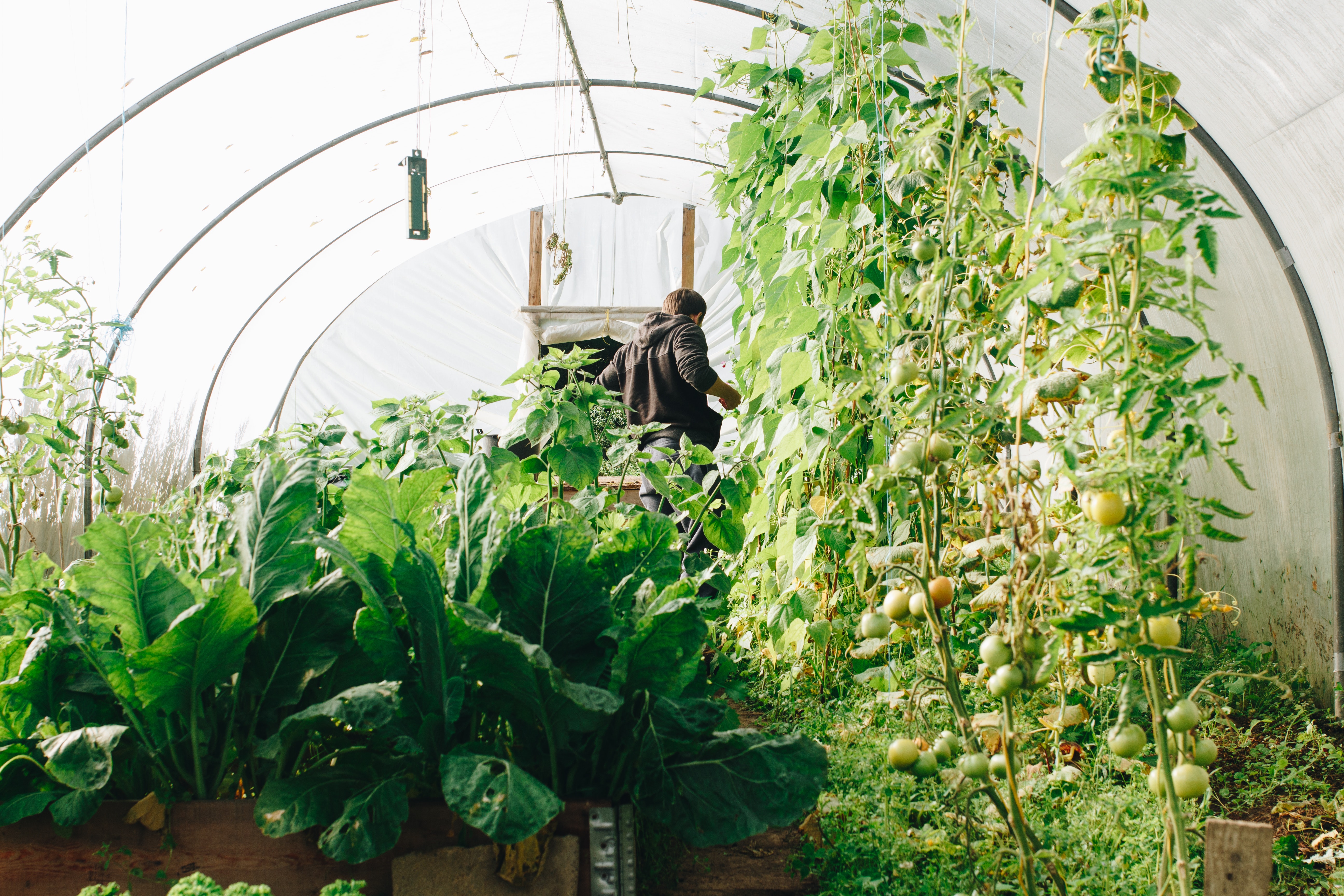
Focusing solely on a single crop or livestock species might seem efficient, but it can be a recipe for disaster. Monoculture farming leaves your homestead vulnerable to pests, diseases, and market fluctuations. Embrace biodiversity by planting a variety of crops, implementing companion planting techniques, and raising different livestock species. This approach enhances ecological balance, reduces the risk of crop failure, and provides a more resilient homestead.
Biodiversity is the cornerstone of a healthy and thriving ecosystem. By cultivating a diverse range of plants and animals, you mimic the natural systems that support each other. Monoculture farming, on the other hand, disrupts these systems and invites a host of challenges.
Diversifying your crops and livestock can have several benefits. For example, planting different crops in close proximity can deter pests and encourage beneficial insects. Some plants even work together to enhance each other's growth and nutrient uptake, a practice known as companion planting.
Similarly, raising a mix of livestock species can create a more balanced and self-sufficient system. Chickens, for instance, can help control insect populations in the garden, while larger animals like goats can help manage overgrowth and improve soil health.
Furthermore, by diversifying your produce and livestock, you reduce the risk of complete crop failure due to diseases or unfavorable weather conditions. If one crop suffers, others may thrive, ensuring a consistent source of food and income for your homestead.
Mistake #8: Underestimating Infrastructure Needs
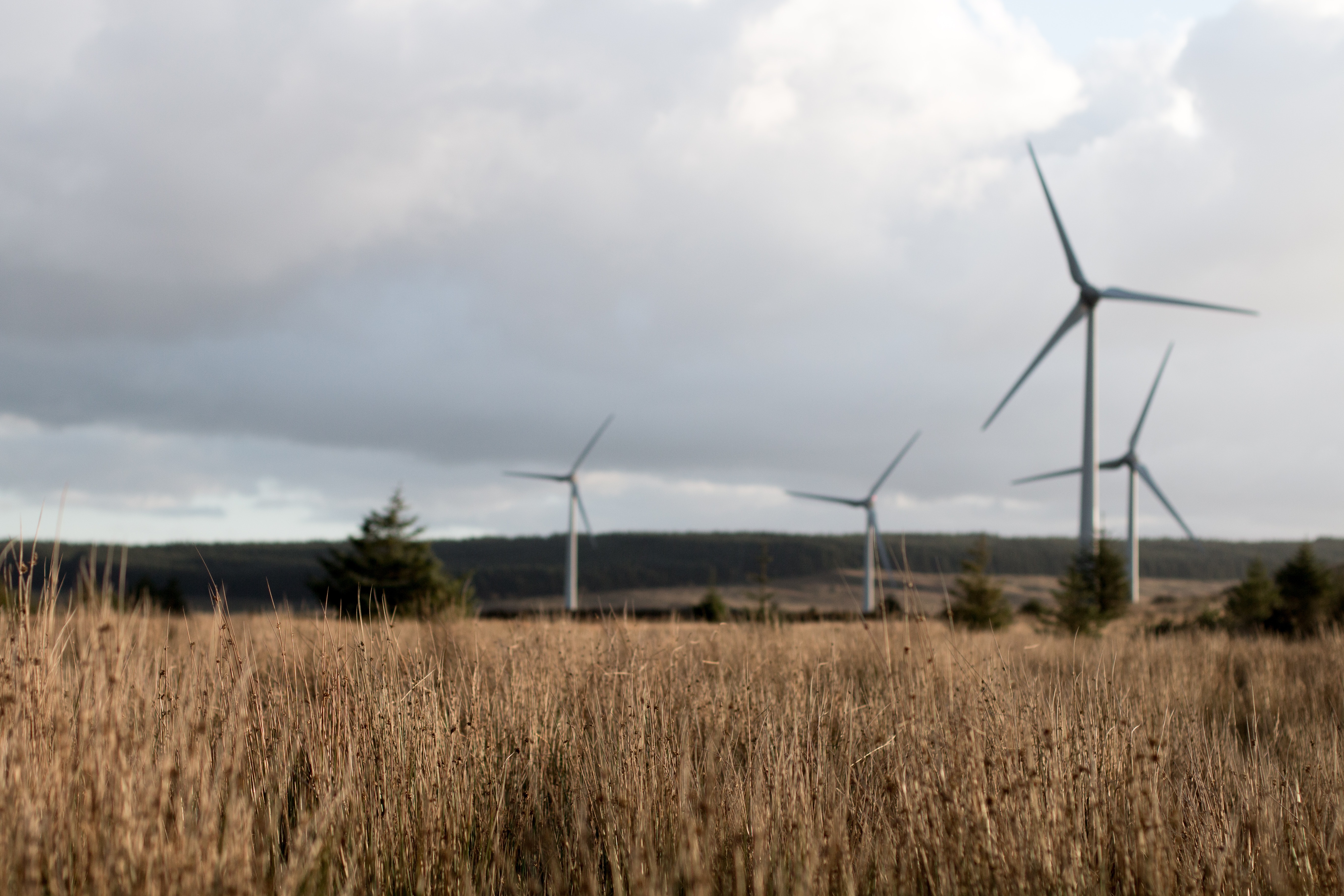
Solid infrastructure forms the backbone of a successful homestead. New homesteaders sometimes underestimate the importance of well-built barns, coops, fences, and irrigation systems. Cutting corners on infrastructure can lead to costly repairs and compromised animal and crop health. While it's tempting to save money initially, investing in quality infrastructure ensures the longevity of your homesteading endeavors.
Your homestead's infrastructure is more than just a collection of buildings and structures—it's the foundation of your self-sufficiency efforts. Well-designed infrastructure provides protection for your animals, shelter for your crops, and efficient systems for managing resources.
When it comes to constructing infrastructure, prioritize quality over immediate cost savings. Durable materials and well-thought-out designs will save you money in the long run by reducing maintenance and replacement expenses. For example, investing in sturdy fencing can prevent predator attacks and keep your livestock safe, ultimately preventing potential financial losses.
Additionally, consider the long-term implications of your infrastructure decisions. If you're installing irrigation systems, choose methods that conserve water and minimize waste. When building animal shelters, design them to accommodate the animals' natural behaviors and provide adequate ventilation and space.
By taking the time to plan and invest in high-quality infrastructure, you're setting the stage for a more efficient, productive, and sustainable homestead.
Mistake #9: Failing to Plan for Self-Care

The all-encompassing nature of homesteading can lead to neglecting your own well-being. Failing to allocate time for self-care can result in burnout and decreased productivity. Set boundaries for work hours, prioritize relaxation, and maintain connections with friends and family. Remember, a sustainable homestead starts with a sustainable lifestyle for you.
Homesteading demands dedication and hard work, but it's essential to strike a balance between your responsibilities and your personal well-being. Neglecting self-care can lead to physical and emotional exhaustion, ultimately undermining your homesteading efforts.
Create a daily and weekly schedule that includes designated breaks, exercise, and leisure activities. Setting boundaries for work hours ensures that you have time to recharge and engage in activities you enjoy. Whether it's reading a book, taking a walk in nature, or spending quality time with loved ones, these moments of relaxation are crucial for maintaining your mental and emotional health.
Incorporate regular physical activity into your routine, as it not only benefits your physical health but also helps reduce stress and increase your overall energy levels. Staying connected with a community of fellow homesteaders can also provide emotional support and a platform for sharing experiences and advice.
Remember that self-care isn't a luxury—it's a necessity for sustaining your homesteading journey in the long term. Prioritizing your well-being ensures that you'll have the energy and enthusiasm needed to tackle daily tasks and overcome challenges with resilience.
Mistake #10: Designing an Excessively Large Residence
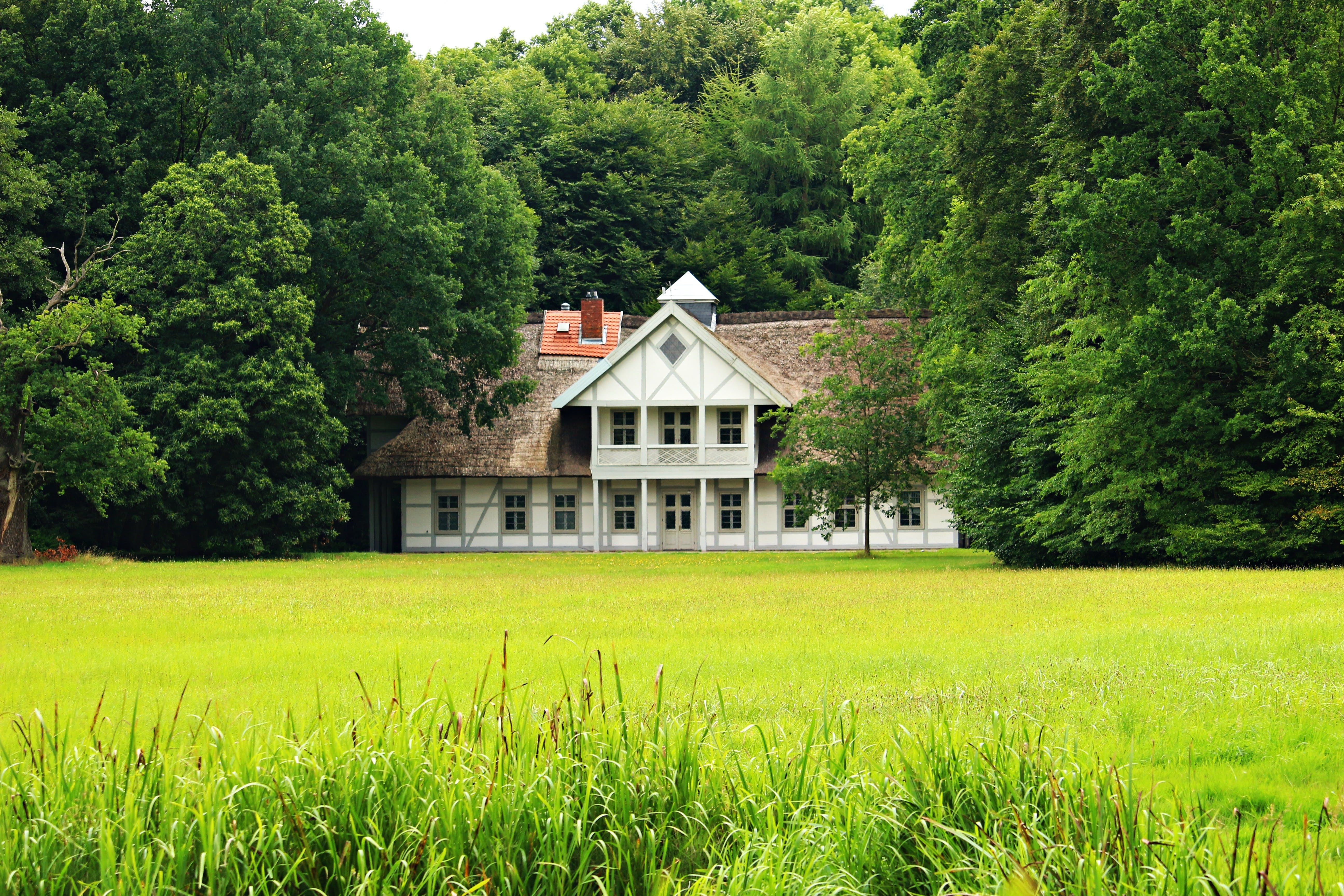
When embarking on the exciting task of creating your dream home without any construction constraints, it's crucial to temper your enthusiasm with practicality. While the freedom to build without restrictions is a fantastic opportunity, it's essential to consider the long-term implications. Remember, you'll be the one responsible for maintaining this dream home, so let's keep it manageable. Constructing a palace might seem appealing, but it could complicate your everyday life and compromise comfort, especially with the additional responsibilities of tending to animals and maintaining a garden.
A larger home comes with its own set of challenges, particularly in terms of heating costs. The sheer size could end up being a financial burden. Striking the right balance is key. Aim for a more modest twelve hundred square foot house — not a sprawling mansion but an ideal fit for an average family of 4-5 people. Opting for a more reasonable size will not only save you time but also prevent unnecessary expenses that could be better invested elsewhere.
Remember, your dream home should enhance your life, not complicate it. Keeping things practical ensures a harmonious balance between comfort, functionality, and sustainability.
If you love DIY projects and building your own shed sounds like something you would love to try, click here to grab 5 FREE shed plans now!




Submit your email and confirm subscription to receive the download link, along with more e-books and helpful tips.
Don't worry, you can unsubscribe at any time
We Value Your Privacy And Your Information Is Never Shared
This site is not a part of the Facebook website or Facebook Inc. Additionally, this site is NOT endorsed by Facebook in any way. FACEBOOK is a trademark of FACEBOOK, Inc.
